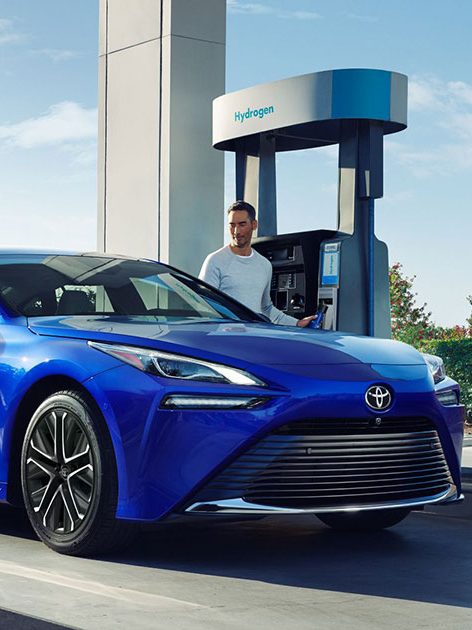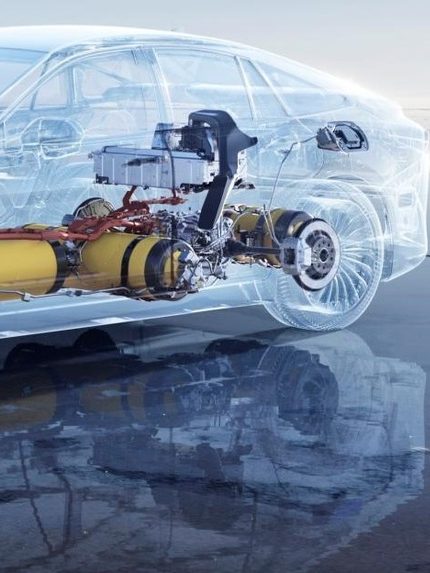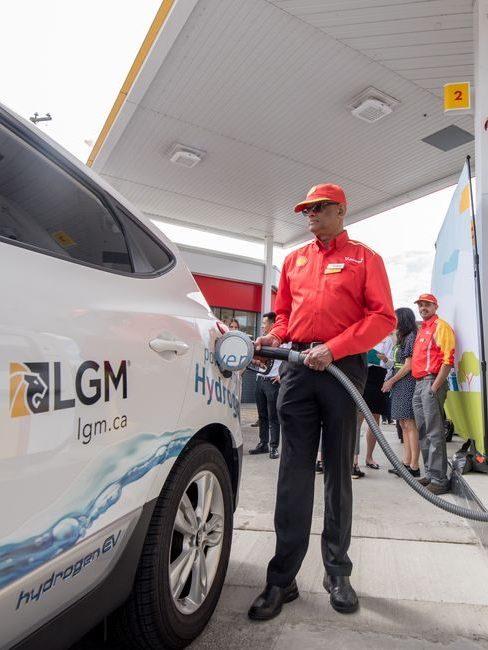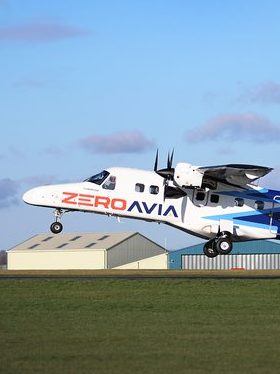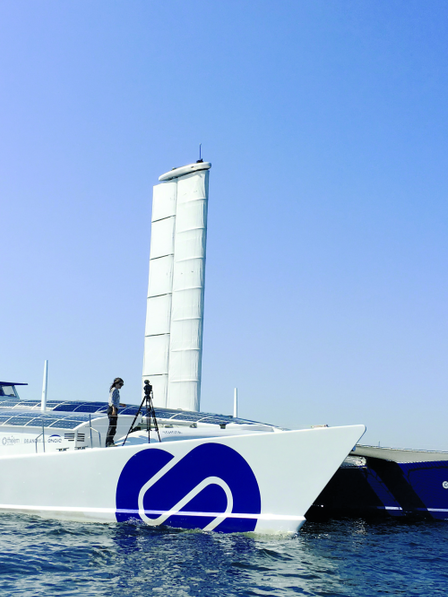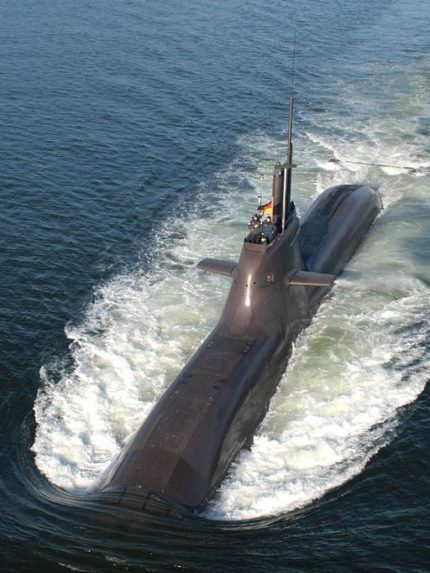It can be used where it is produced or stored and transported elsewhere.
Hydrogen is a perfect carrier of energy, and is unique among liquid and gaseous fuels because it emits absolutely no carbon dioxide (co2) when burned.
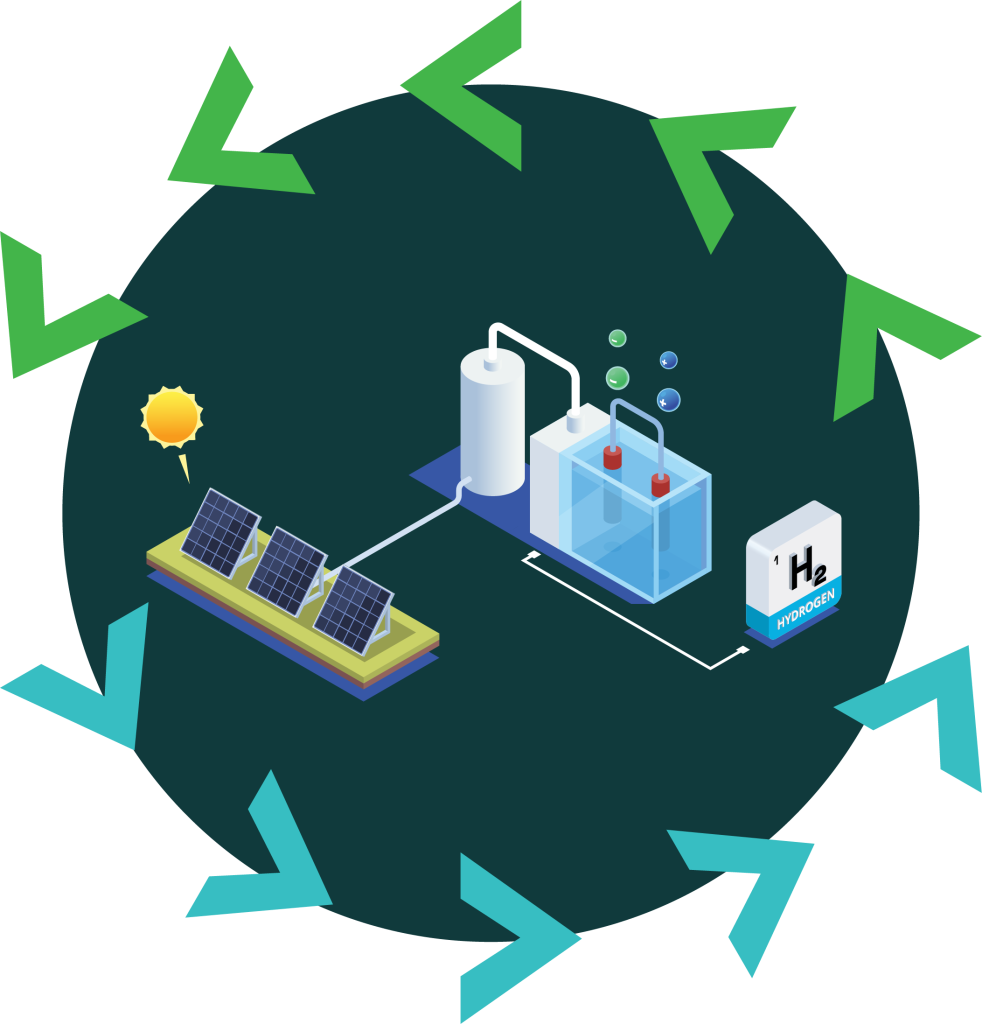
Green hydrogen is produced through the process of electrolysis, where an electrical current is run through water to split it into oxygen and hydrogen. The electrical current is generated from renewable energy sources, such as solar, wind, or even hydroelectricity.
Through electrolysis, a single litre of water can produce 13.3 Megajoules of energy, which can be converted to over 2,000 watt-hours of useful electricity.
The water used for this process can be rainwater, grey water, drinkable water, or even desalinated seawater.
Fuel cells are energy converters that transform chemical energy directly to electrical energy without noise or combustion. In these fuel cells hydrogen and oxygen combine to produce water while giving off electricity (DC).
